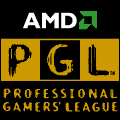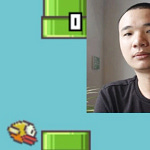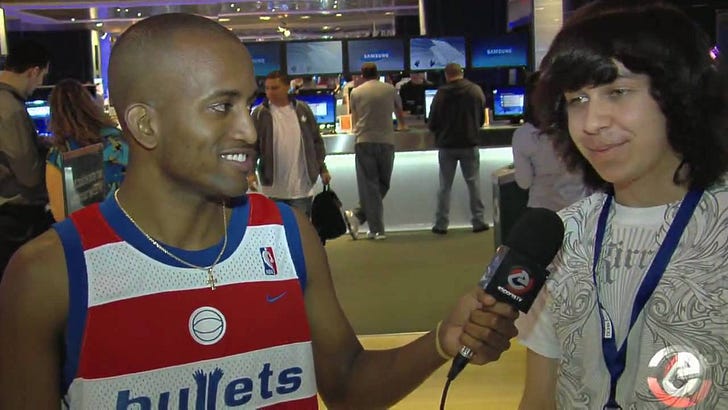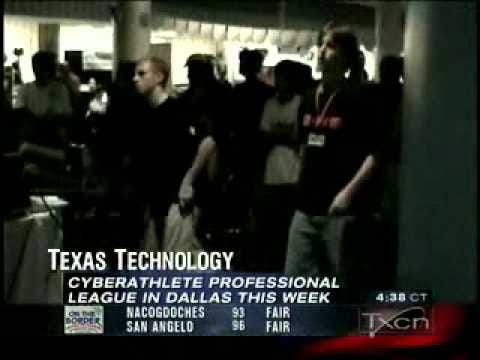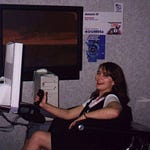This post is part of a longform project I’m serializing exclusively in my newsletter, Disruptor. It’s a follow-up to my first book, Masters of Doom: How Two Guys Built an Empire and Transformed Pop Culture, and it’s called Masters of Disruption: How the Gamer Generation Built the Future. You can find the table of contents, as it unfolds, here. To follow along, please subscribe below. Thanks!
This story of mine originally appeared as “Major League Deathmatch” in the Village Voice, May 9, 1999.
Like most devout gamers, David Magro got the bug early. As an eight-year-old living in Portugal in the early ’80s, he didn’t quite know what to expect when he booted up his first game, Orion, on his Timex Sinclair 2068.
At best, he figured he’d play a swift round of hangman or maybe a monochromatic match of tic-tac-toe. Instead, the screen exploded with colors like a Lite Brite meltdown. By today’s standards, the experience was decidedly low-tech, kitschy, a retro vignette from a Beck video. But for Magro, the son of traveling missionaries, it was nothing short of a revelation.
This weekend at the XS New York arcade in Times Square, David “DeepBlue” Magro will be praying for a second coming. He’s one of 16 players who will be competing for $100,000 at the Spring ’99 championships of the Professional Gamers League, an ambitious online gaming organization that hopes, as its glossy brochure reads, to “do for computer games what the NBA has done for two peach baskets and a medicine ball.”
Don’t laugh. In the PGL’s 18-month history, it has managed to raise over $3 million in sponsorships, doling out more than $250,000 in cash and prizes to victors of games like Quake II, the ultraviolent first-person shooter, and Starcraft, the intergalactic military strategy hit.
Already, there are competing leagues and events, like the Cyberathlete Professional League and the grrrls-only Frag Fest ’99. The PGL, like the others, is modeled unabashedly after the big leagues, with seasons of regularly scheduled tournaments on the Net, as well as announcers, teams, schmaltzy playoffs at offline arenas, and, yes, playing cards. If the PGL execs have their way, you won’t be calling their players “gamers” anymore— you’ll be calling them “athletes.”
“I’d love to see a comparison of how many calories are burned during a bowling match versus a couple of Quake deathmatches,” says the PGL’s Garth Chouteau. “I’ll bet it would be close.”
As anyone who blew milk money at Chuck E. Cheese’s knows, competitive gaming is nothing new. To promote early home consoles like the Atari 2600, software dealers would stage round-robin tourneys for, say, the burg’s best Missile Command bombers.
Sponsored tourneys took on a new life nearly a decade ago, when games like Doom allowed players to compete head-to-head over Local Area Networks. Today, LAN parties remain the gaming community’s equivalent of keggers. Players pile their home PCs into their cars and road trip from around the country for sleepless weekends of warfare.
Such battles, in games ranging from shooters to role-playing titles like Ultima Online, have inspired droves of international “clans” and “guilds” with names like the Crackwhores and the Revolting Cocks and their own trash-talking home pages. A clanner once told me that he played so long at a LAN party that his contact lenses dried up and popped out of his eyes.
For some veteran gamers, this kind of informal passion gets lost in the limelight of the PGL. “It ceases to be community,” says Steve Heaslip, editor of Blue’s News (bluesnews.com), a popular gaming info source run from his home in Brooklyn. “There are some players who would point to the good old days,” Heaslip says. “There’s nothing like playing simply for the hardcore love of the game.”
Then again, playing for $10,000 isn’t bad either. Playing for a Ferrari is even better. A blood red 328 Turbo GTS is just one of the prizes that Dennis Fong, a/k/a Thresh, has driven home. Over the tourney circuit the past couple of years, the 22-year-old Berkeley resident has point-‘n’-clicked his way to the top of cyberathletic celebrity, garnering a sponsorship from Microsoft plus a recent multimillion-dollar investment to develop his own online gaming community called GX.
Such peculiar fame comes with its downsides, though. Fong says he’s constantly running into online impostors who compete— and often intentionally lose— under his moniker. “Every week I get e-mail from someone who beat a fake Thresh and thought it was me,” Fong says. “A lot of times I don’t answer, because they’re so excited; I don’t want them to feel bad.”
And gamers need all the groupies they can get. Another problem players confront is the gamers’ “nerdy image,” admits PGL contestant Wayne “Soso” Chiang. “It’s just the whole dumb-jock stereotype all over again.” And bragging about how well you wiggle your joystick, of course, is not necessarily the best way to get laid.
As it turns out, David Magro won’t have a girlfriend, or even his mother, in the cheering section this weekend. In fact, his mom, Christine Murray, hopes he loses. “I just pray that the Holy Spirit will speak to him,” she says, “and show him that there are priorities in life besides playing games.”






